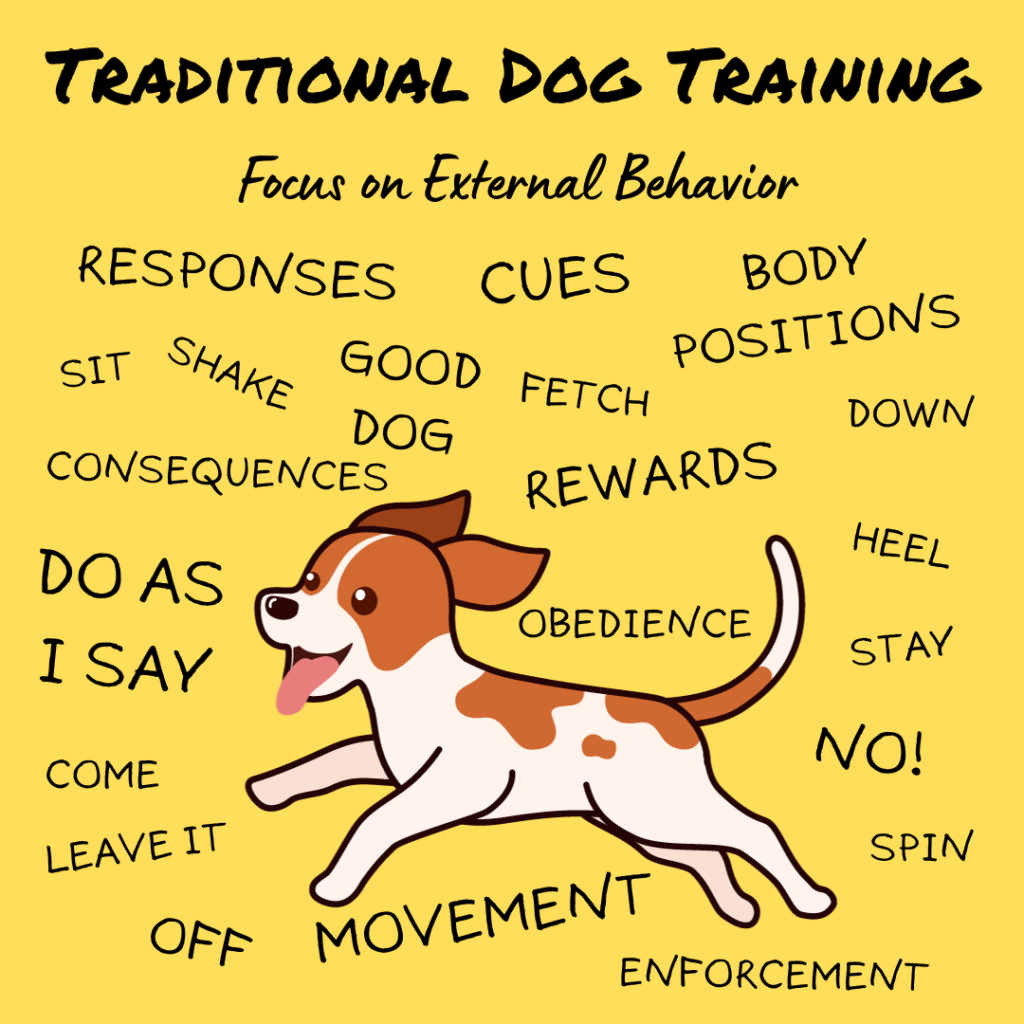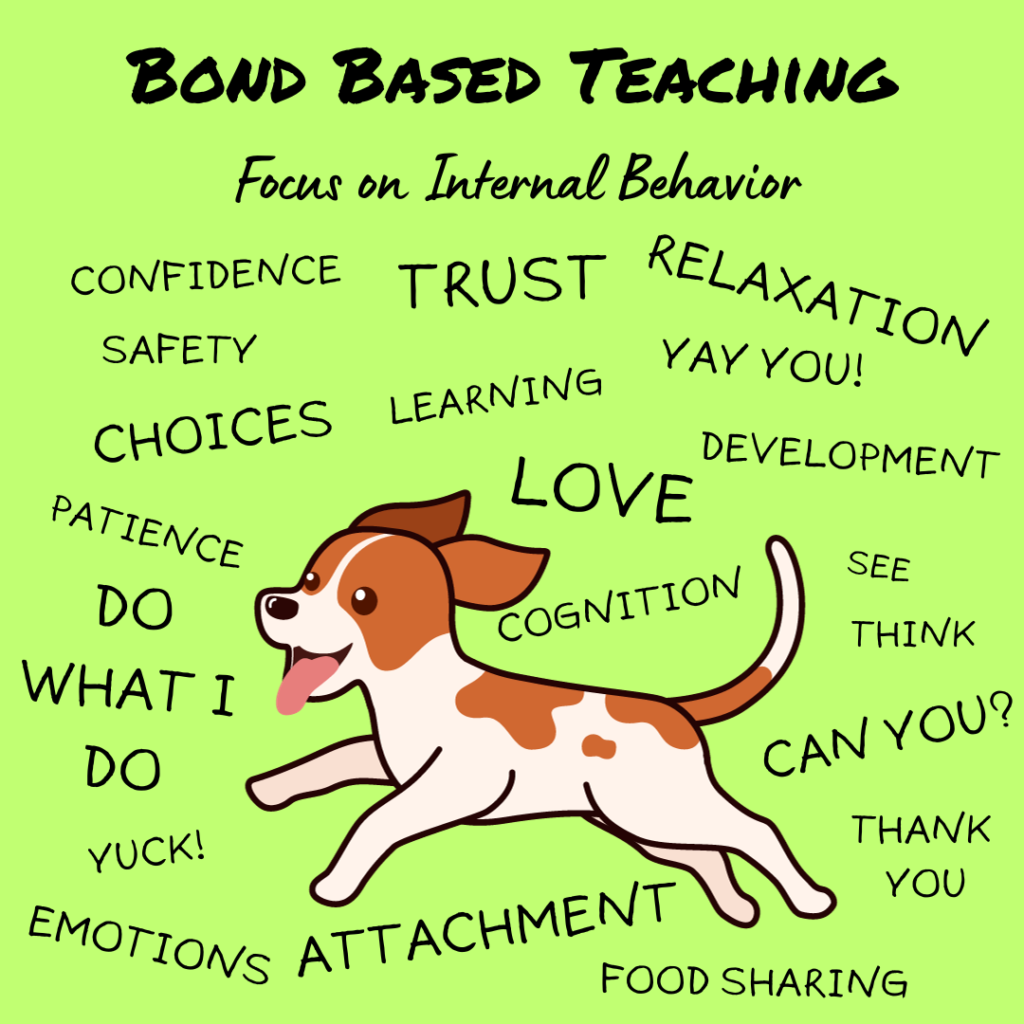
Inspired by Jennifer Arnold of Canine Assistants
Bond-based teaching was discovered by Jennifer Arnold, founder and Executive Director of Canine Assistants in Atlanta, Georgia, USA. Canine Assistants places around one hundred dogs a year with clients with all types of disabilities, and boasts a success rate in the 90th percentile.
Arnold credits her bond-based approach for reductions in the dogs’ anxiety, faster learning, and ability to grasp complex ideas. We encourage everyone to read her book and read her service dog training guide.
Grounded in canine behaviour science, cognitive psychology, social psychology, and the neurology of behavior and emotions, bond-based teaching is a force-free approach which gives the dog the freedom to make their own choices and learn at their own pace. It focuses on building the bond between the dog and their human partner, and trusting the canine love of teamwork to do the rest.
Bond-based training offers numerous benefits for service dog teams. Firstly, it enhances the emotional well-being of both the dog and the handler. By focusing on building a strong emotional connection, handlers report feeling more supported and less isolated, while dogs exhibit decreased anxiety and stress levels.
Moreover, this training method improves the efficiency of service tasks. Dogs trained through bond-based methods are more responsive and attentive, as they are not just following commands but are actively engaged with their handlers. They can adjust to unusual situations with confidence because they feel capable of making good decisions on their own.
While bond-based training uses treats and even “people food” regularly and frequently, the treats are non-contingent – in other words, unconditional. The dog does not learn to “work” for the food, but learns to “work” for praise and intrinsic rewards, and food is used as a way to maintain positive emotions around working with their handler.
This results in a more seamless partnership, where both the dog and the handler work in harmony to achieve their goals. The positive atmosphere cultivated through bond-based training also promotes lifelong learning and adaptability in service dogs.
The Bond-Based Approach is:
- Force-Free
- Science-Based
- Highly Successful.
- Radically Different From Standard Dog Training.


What Does This Mean At Heeling Assistants?
At Heeling Assistants, we encourage people to prioritize their dog’s attachment to them.
Service dogs should not rely on their handler “controlling” them. They should control themselves. Service dogs need to think for themselves, feel confident, and trust humans implicitly. Bond-based teaching does exactly this.
By taking a whole-dog approach, considering how the dog’s genetics, temperament, perceptions, socio-emotional connections, and learning style affect the way the dog interacts with the world, our clients can create a secure partnership with their dog.
We require our graduates to demonstrate knowledge and understanding of the canine brain, how their dog perceives the world, how the dogs’ emotions guide their behaviours, and how to influence their dog to make good choices.
Our accreditation exam focuses on the dog’s temperament, ability to make wise choices in complex situations unprompted/uncued, and the dog’s ability to cooperate with their human partner.



